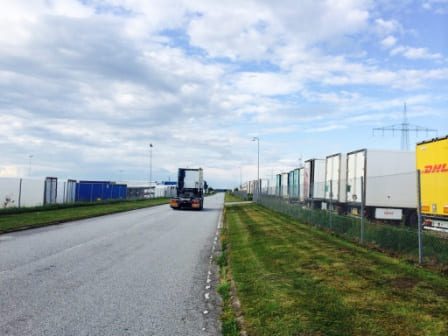Europe’s rebound from the coronavirus pandemic is creating widespread supply-side frictions as companies struggle to find enough workers or materials to meet rising demand.
According to a report in the Financial Times, increased economic activity after coronavirus restrictions were eased across Europe earlier this year have produced a “very high workload for drivers and dispatchers, which in turn leads to dissatisfaction and resignations.”
The shortage of heavy goods vehicle drivers is widespread across Europe, reaching 80,000 in Germany and 400,000 across the whole EU.
Industry associations across Europe are warning that the situation is likely to worsen amidst difficulties recruiting young people owing and an ageing workforce — the average age of drivers is over 50.
“In Germany and all over the EU we have the same problem as in the UK, but in the UK it was made worse by Brexit,” said Dirk Engelhardt, chair of Germany’s Federal Association of Goods Transport, Logistics and Disposal.
Engelhardt blames EU driver shortages on low wages and the poor treatment of workers. “When drivers deliver to big industrial companies, they are not even allowed to use the toilets,” he said. “They are treated like animals. This must stop.”
Economists say the region’s labour shortages are likely to ease as people who left the workforce during the pandemic look for jobs, furlough schemes expire and remaining Covid-19 travel restrictions are lifted.
However, the eurozone’s unemployment rate was 7.5 per cent in August, well above levels in the US or UK.
While the UK’s driver shortage has led to ships being diverted from the UK’s main port at Felixstowe, the three big EU ports of Rotterdam, Antwerp and Hamburg say they are confident of being able to handle their exceptionally high volumes of cargo.

